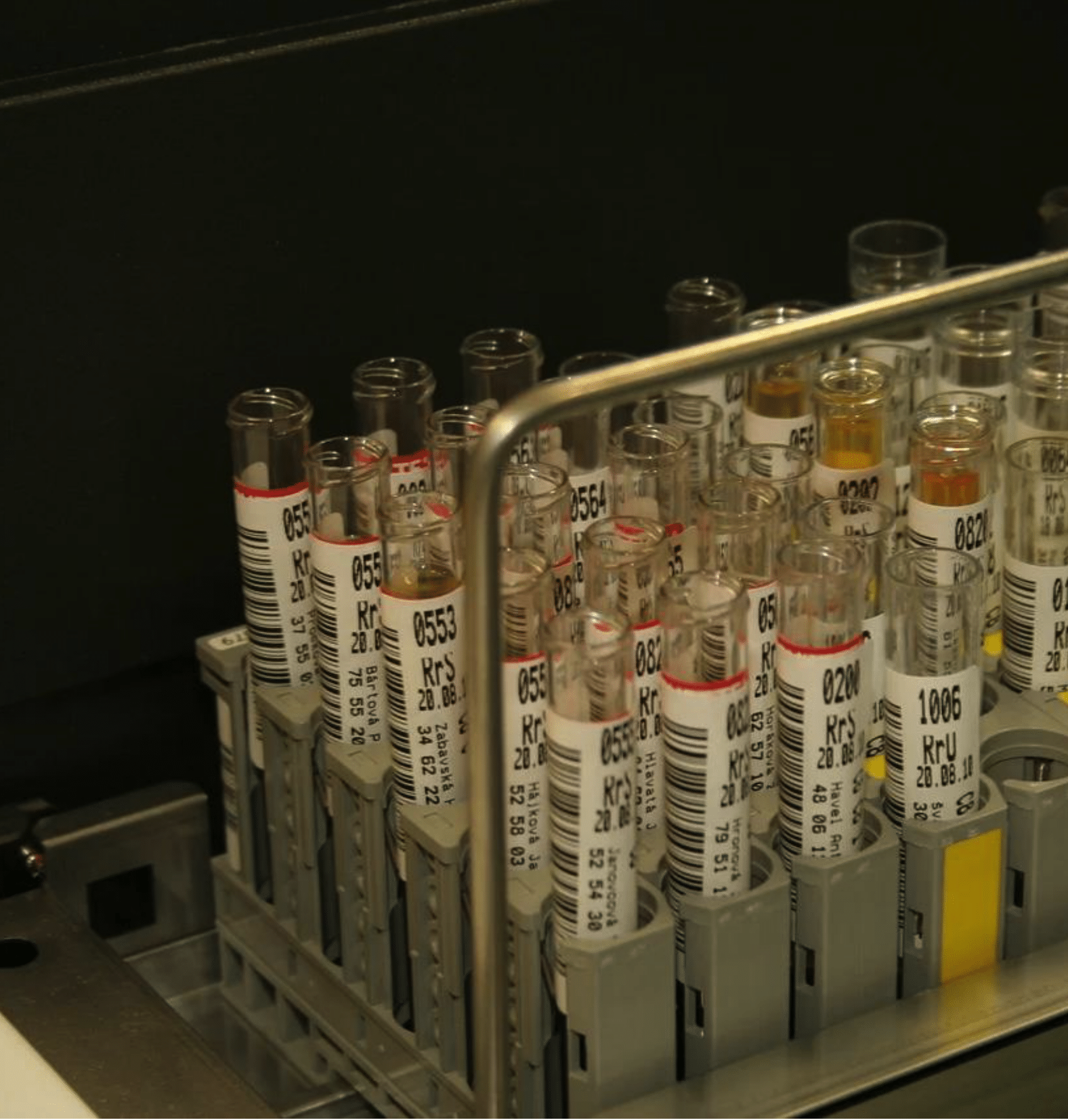
By Hoang-Nam Vu, Staff Writer for Save The Water™ | October 21, 2015
As with every year, Labor Day brought a new school year into session as millions of students began their semester. Unfortunately, some of these students unexpectedly encountered pollution. This kind of shock occurred in Portsmouth, New Hampshire, where it was discovered that much of the water from the Haven Well (the local source of water) was contaminated. Before the city’s schools opened, many students were given blood tests to check for contaminants in their bodies. Many of the tests returned positive.
Denizens of Portsmouth as young as five years old were found to have levels of perfluorinated chemicals (PFCs) up to 10 times higher than the normal levels outlined by the Environmental Protection Agency (EPA) (Seacoastonline.com, 2015). This includes perfluorooctane sulfonic acid (PFOS), which was also found at about 10 times higher than EPA-sanctioned levels (NH1, 2015).
PFCs are a group of manufactured compounds used to make stain, grease, and water-resistant everyday products, such as non-stick cookware, stain-resistant carpets and sofas, waterproof clothes and mattresses, and some types of food packaging (NIEHS, 2015). It is safe to say that PFCs are easily found in many parts of daily life, which explains why low levels of PFCs are normally found in humans. They are often transmitted through contaminated food or water, or by using consumer products. But in high quantities, studies have shown PFCs disrupt endocrine activity, reduce immune function, damage organs (liver, pancreas), and cause developmental issues (Seacoastonline.com, 2015).
Other than their adverse health effects, PFCs are known for their long half-lives in the body. A 2007 study of retired fluorochemical workers found PFOS, perfluorooctanoic acid (PFOA), and perfluorohexane sulfonate (PFHS) persisted in human blood for 4–8 years after exposure (Environmental Health News, 2009).
Parents of affected children are deeply worried. One mother said, “All of the children there, they eat the food that’s cooked in the water … the things it’s done are scary – such as liver cancer, bladder cancer…” (Reset.me, 2015). Her concerns are warranted: children who drank toxic water could suffer long-term consequences as they age.
Beyond immediate health effects, officials have warned of contamination migration. David Page, a chemist and member of the Pease International Airport’s Restoration Advisory Board, said: “We don’t know where contaminated bodies of groundwater will be 20, 30 years from now. We want to make sure that future tenants and future owners of property there don’t do things that could affect their health, like drilling a well” (Seacoastonline.com, 2015).
Currently, Haven Well has been shut down, and officials are exploring ways to remove the chemicals from residents’ bodies. Remedies like Indian gooseberry and intestinal cleanses have circulated as “detox” options (Reset.me, 2015), but there is no proven widespread removal method yet. Portsmouth remains the focus as the community searches for solutions.